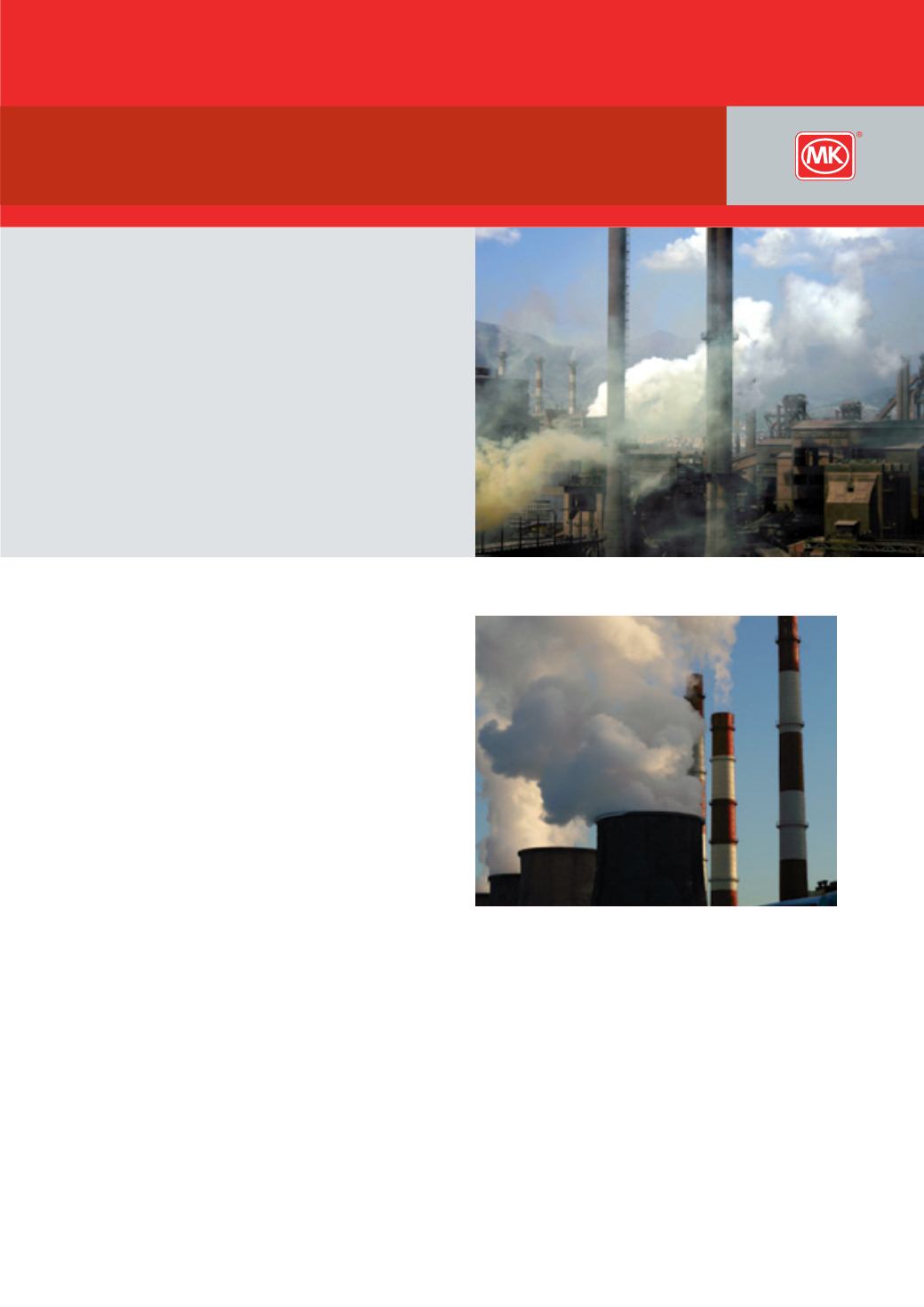

3
In April 2006 Part L of the Building Regulations for England
and Wales, Conservation of Fuel and Power, was revised and
reissued to ensure compliance with the legal obligations set
out in the European Union Energy Performance of Buildings
Directive.
The Climate Change Bill – the first of its kind in any country –
and accompanying strategy, set out a framework for moving
the UK to a low-carbon economy. It demonstrates the UK’s
leadership as progress continues towards establishing a
post-Kyoto global emissions agreement.
Key points of the bill include:
on dioxide emissions has increased
nd the ever-growing issues and concerns
essential that Specifiers and Contractors
ntal impact of buildings.
l
A series of clear targets for reducing carbon dioxide emissions
– including making the UK’s targets for an 80% reduction by
2050 and a 26% to 32% reduction by 2020 legally binding
l
A new system of legally binding five year “carbon
budgets”, set at least 15 years ahead
l
A new statutory body, the Committee on Climate
Change, to provide independent expert advice and
guidance to Government
l
New powers to enable the Government to more easily
implement policies to cut emissions
l
A new system of annual open and transparent reporting
to Parliament by the Committee on Climate Change
l
A requirement for Government to report at least every five
years on current and predicted impacts of climate change
The Climate Change Bill paved the way for the 2007 Energy White Paper and the introduction of the Climate Change
Commitment (CRC).
The CRC will be a mandatory emissions trading scheme, targeting emissions from organisations not currently included in the
EU ETS or Climate Change Agreements.
It is estimated that up to 5,000 larger organisations in the UK will be included, for example, supermarket chains, hotel chains,
office based corporations, government departments, large local authorities, and schools etc.



















